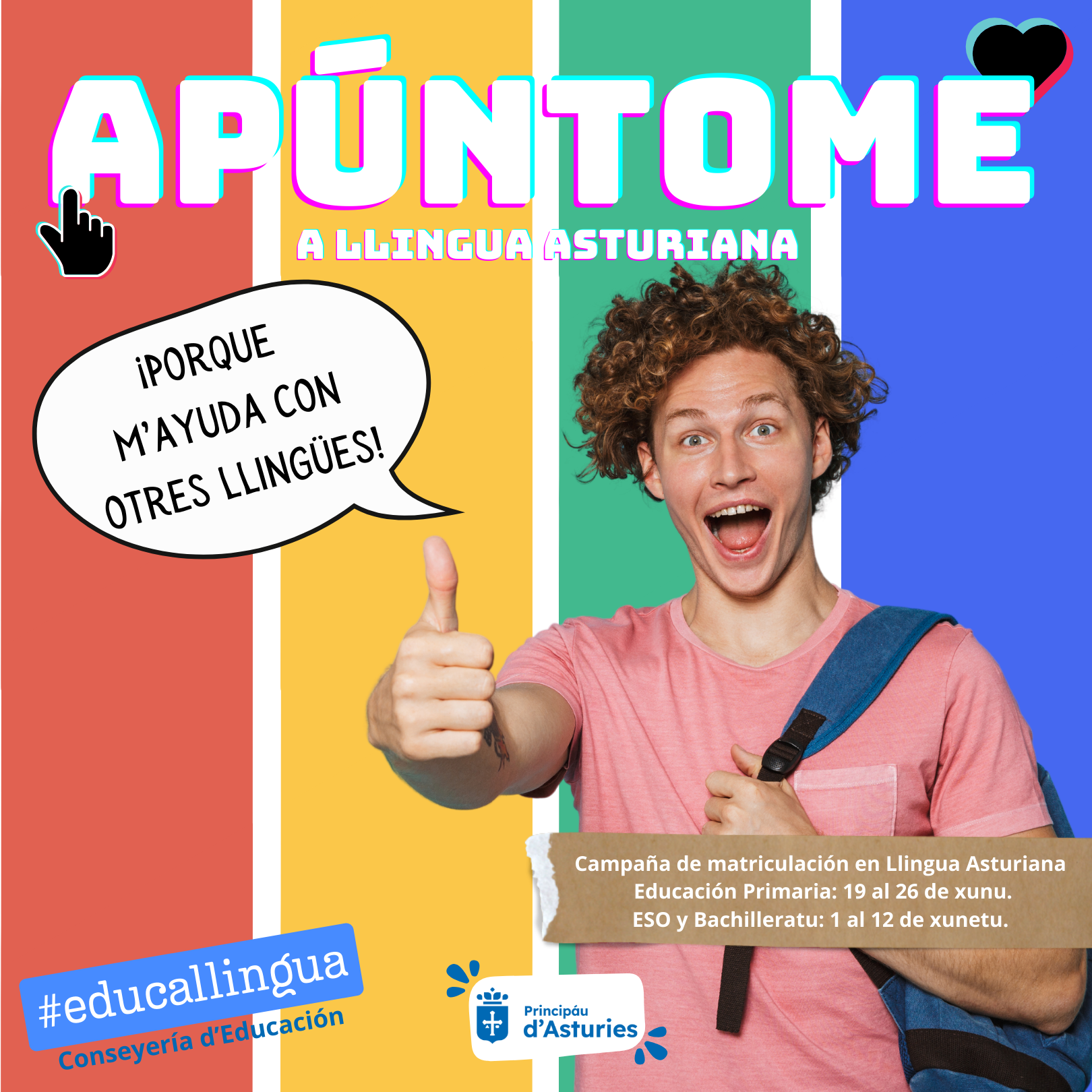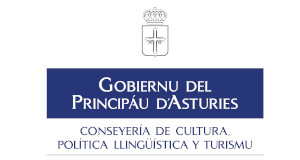Livestock






Each breed of domesticated animals belongs in its origins to a certain human group, given that without humans there are no tamed or domesticated animals."
The study of domestic autochthonous breeds in Asturies takes us back to the Iron Age. Livestock constituted one of the basic pillars sustaining the economy of the fortified settlement, and the breeds introduced during this period are the same breeds which we find today, some of them, such as the vaca roxa(casina and carreana), or red cow, standing out as true achievements of breeding techniques, whilst others, such as the pony asturcón, or Asturian pony, have become in themselves authentic symbols of their country. This without forgetting the oveya xalda(autochthonous sheep)and the gochu celta or gochu'l país(long-earred pig), and perhaps other breeds which are presently undergoing study such as the pita pinta(autochthonous chicken) and the cobra bermeya (autochtbonous goat).
The seasonal use of highland pastures gave rise to a series of settlements distributed according to altitude which included a variety of fields or meadows -used to reap hay or for the pasture of livestock and the construction of buildings specifically for livestock as well as for dwellings or refuge in the case of inclement weather: these are termed braas, or mayaos, and livestock was generally kept in these spots from the end of Spring until the Autumn -from St.Michael's day in May to St. Michaels in September under the charge of one or more members of the farmstead. The different forms of ownership of the pasture lands, the different ways in which these were exploited, and the length of stay in the same together help us assemble a complex picture of the highland herdsmen's migratory lifestyle as they followed a seasonal cycle of migration involving the entire family with all their livestock and belongings. Nevertheless, the vaqueiros were by no means the only group to follow this lifestyle in Asturies; others existed in Llena, Ayer and Llanes, the case of those from Caso who enjoyed ancient rights of pasture in Les Maries de Villaviciosa being especially worthy of attention. At present Asturian farming is fundamentally beef farming on the hills and along the mountains with more than 40,000 cows counted at the last census, and over 60,00 beasts slaughtered for their meat each year, while along the coast and valleys of the interior dairy farming is more common, 648 million litres of milk being produced in 1994 alone.









